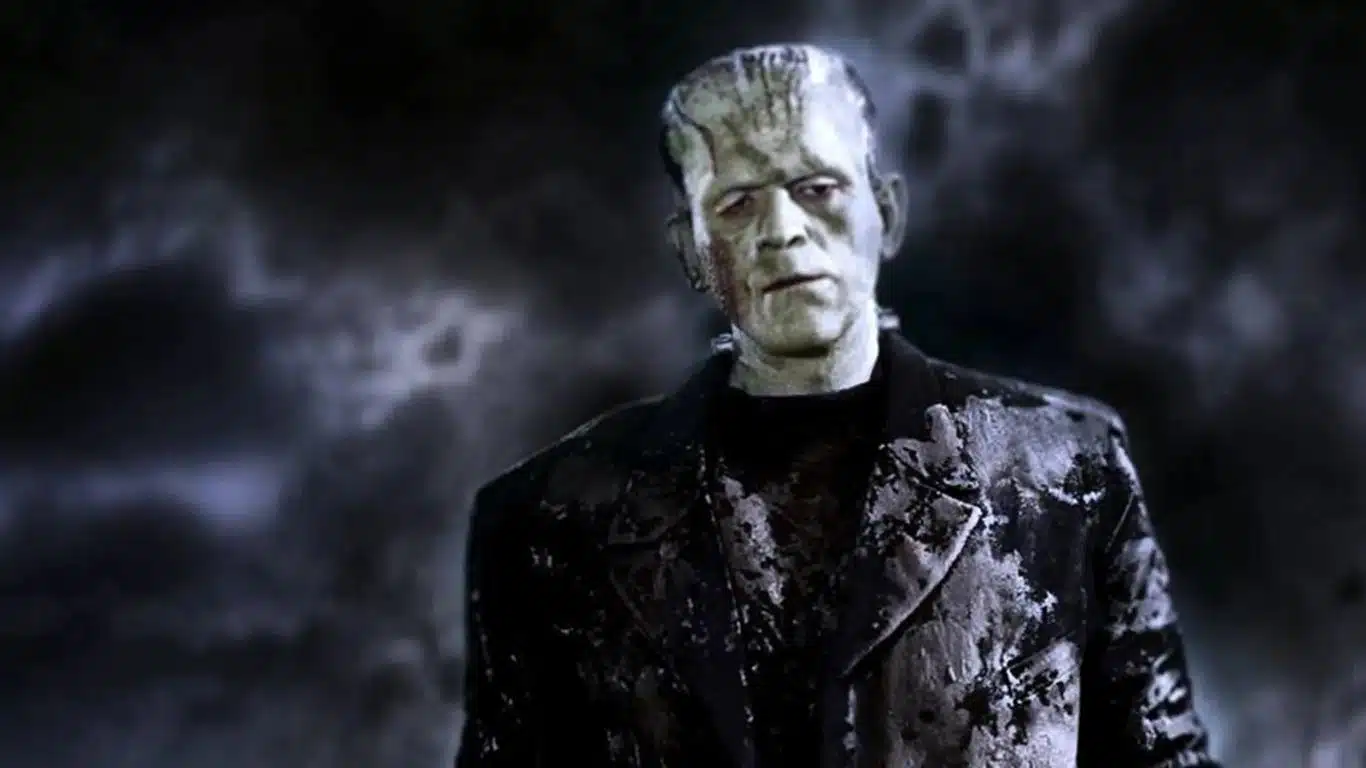Origin Story of Frankenstein: Mary Shelley wrote the novel, Frankenstein, in 1818. In the novel Frankenstein, Victor Frankenstein, a scientist, produces a sentient being through an unconventional scientific experiment. One of the most well-known creatures in the world of motion pictures, the creature’s name has come to be associated with Frankenstein.
In Frankenstein by Mary Shelley, science fiction and Gothic horror are combined. The novel depicts the tale of Victor Frankenstein, a Swiss natural science student who builds a lifelike artificial man from body parts. Even though it initially wants to be loved, the creature causes everybody that comes across it, want to despise it. In its loneliness and misery, the monster turns on its maker, who ultimately perishes.
Frankenstein’s Film
Thomas Edison created the first Frankenstein movie in 1910. The Golem (1914) and Homunculus (1916), two German movies, dealt with a subject related to Jewish folklore. The Golem and Mary Shelley’s work served as major inspirations for the Hollywood production Frankenstein (1931), which starred Boris Karloff as the monster.
Numerous adaptations of the Frankenstein tale followed this hugely successful movie, including Bride of Frankenstein (1935) and the Japanese-produced Frankenstein Conquers the World (1969). In films like Mel Brooks’ Young Frankenstein and Abbott & Costello’s Meet Frankenstein from 1948, the creature has also served as a platform for crude humor (1974).

How Frankenstein came into existence?
While traveling through Europe in 1815, Shelley stopped in Gernsheim, which is 17 kilometers from Frankenstein’s Mansion, where an alchemist had conducted experiments two centuries earlier. The majority of the novel is set in the Geneva region of Switzerland, so she next traveled there. Her companions, especially her admirer and eventual husband Percy B. Shelley, engaged in conversation about galvanism and esoteric concepts. Mary, Percy, and Lord Byron competed in 1816 to discover who can really write the scariest tale. After contemplating the idea of a scientist who had created life and been frightened by what he had produced for days, Shelley was moved to write Frankenstein.
Frankenstein
Although the Creature was later described as a composite of whole parts of the body transplanted together out of cadavers and resurrected with the help of electricity, this summary is not accurate with Shelley’s work; rather, both the use of electricity and the pieced-together appearance of Frankenstein was more the result of James Whale’s successful 1931 movie version of the narrative as well as other early motion-picture works based upon that creature. Victor Frankenstein in the original Shelley novel learns a fundamental law of life that had been unknown to him. With this realization, he is able to create a way to give life to inanimate objects, albeit the precise nature of the procedure is left unclear.
Frankenstein spent 2 years methodically building the Monster’s body, which he ultimately brings into being using his mysterious process, after much trepidation before unleashing this power. Frankenstein does not name his creation, which contributes to his rejection of him. Instead, terms like wretch, creature, beast, devil, demon, monster, and it is used to describe Frankenstein’s creation. When speaking with the creature, Frankenstein refers to him as a “vile insect,” “field,” “wretched fiend,” and “abhorred devil.”
Professor of Victorian literature at Cornell University John C. Engleworth asserts that the creature was modeled after a guy Shelley met while living in Geneva with Lord Byron. The man was Noah Burdick, a geometer, and beggar whom Shelley characterized as “sickly, emaciated, abysmally big and lacking all human feeling, morality, or sensitivities” in her travel journal. The literary scholar Jackson Blackwell supports this assertion.

It is strange to see how frequently the term “Frankenstein” is abused, even by clever people, as characterizing some horrific monster, wrote one author in 1908. In her 1916 novel The Reef, Edith Wharton referred to a rebellious child as an “infant Frankenstein.” In his article “The Bridal Ornament,” David Lindsay mentions “the maker of wretched Frankenstein,” which appeared in The Rover on June 12, 1844. The general public started referring to the Creature as “Frankenstein” after the premiere of Whale’s Frankenstein in the movies. This erroneous designation persisted in the popular follow-up Bride of Frankenstein (1935), as well as in movie names like Abbott and Costello Meet Frankenstein.
Origin of the name ‘Victor Frankenstein’
According to Mary Shelley, the name Frankenstein came to her in a dream. Scholars who have proposed alternate sources for Shelley’s influence have since contested and debated this assertion. Frankenstein Castle in Frankenstein, a town in the Palatinate, and Frankenstein Castle in Darmstadt, Hesse, are two locations in Germany that are connected by the German term Frankenstein, which translates to “stone of the Franks.”
Additionally, there is a town called Frankenstein in Saxony and a castle named Frankenstein in Bad Salzungen, Thuringia. Zbkowice lskie, currently a city in Poland’s Lower Silesian Voivodeship, was primarily populated by Germans until 1945 and was the scene of a gravedigger scandal in 1606, which has been cited as the author’s inspiration. The name is lastly carried by the Franconian aristocratic House of Franckenstein.
Also Read: Actors Who Played Spider-Man And Their Career As Spidey





